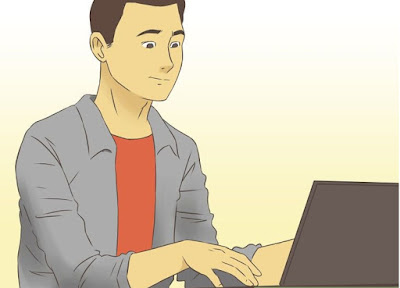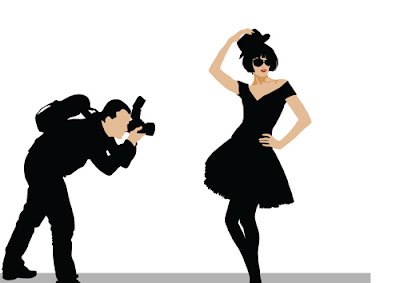This is the part 2 of our previous article on some important photo editing skills for the photographer. If you don’t read part-1 please read first before reading this article. If you have already read, I think you enjoyed. Now enjoy some more valuable information bellow:
Curves and Levels:
These tools are a more advanced version of the lighting and Contrast tools. The level helps you to alter the black, mid and white points of a photo and it will change the image correctly. It is useful in pressing whites whiter, darks darker and including some lightness. It is helpful to raise up skin shades on faces while preserving very bright components unchanged. The shape is even more pliable, where you can explain a very advanced transformation of the original photos attributes. Both of these tools can also be used to extra, and the result is often unique or irregular in look. Really very effective tool to all image editing service and clipping path service provider.
Clone or Rubber Stamp:
This tool helps you remove objects from the photo or alternatively retouch the photo. For example, if you have a cellphone pole in another perfect rural photo, you can use this tool to replicate the part of the image next to the pole and color over the pole with that segment. With some exercise, you can update out reflect on glasses, braces, background items and much more. Relevant tools include damage cleaner and item Remover in some tools. Very effective and helpful tool for color correction service.
Eraser:
This tool helps you remove areas of a photo. This will leave behind a hole or blank spot. It’s helpful to isolate an item to place on another photo, for instance, to cut out a people so you can easily drop them into a place that was not in the original photo. A variation of this tool is the image background removal service.
Layers:
Knowing to use layers starts up an totally new world in editing. Essentially you create two or more overlays that can have differing quantities of transparency so that you create a new photo combining parts of these layers. You can identify how the layers connect with every other, so that one may improve the color of yet another. That function is called the “blend mode”. You can also usage layers to superimpose objects on each other, for example, to set your topic in a new location.
Sharpen:
This tool lets you enhance the side compare of the photo, which makes small services stand out more. You will usually sharpen only as a final step following resizing because sharpening focus will alter the photo size. You can by selection sharpen parts of the photos, such as eyes, to draw attention to them. You can easily also apply a sharpening to the overall photo. The Unsharp Mask will let you identify just how little and how much to use the sharpening effect.
Channel Mixer:
This is a tool that helps you to alter the amount of green, red and blue in the photo. But its proper value is in getting able to modify a white and black transformation to add specific quantities of green, red and blue. If you decide “monochrome” as the output, you can easily mix the green, red and blue channels to get out features that a directly white and black transformation will not be able to do. The defaults use 33% each of blue, red and green. Test with 10%/10%/80% of various options and see how elements like stones or blue sky or green departs will alter from dark to light in relation to other items in the photo.
Thanks for reading our informative article. Share your thinking with us via comment box. If you need any kind of image editing service or clipping path, please let us know about your task and get a free trial option. 100% satisfaction guarantee at the affordable price.


I truly reestablishing looking article. I discovered this as an illuminating photo editing and overpowering post, so I think it is to a cerebrum boggling degree epic and fit. I may need to thank you for the exertion you have made in making this article. See more: clipping path service .
ReplyDelete